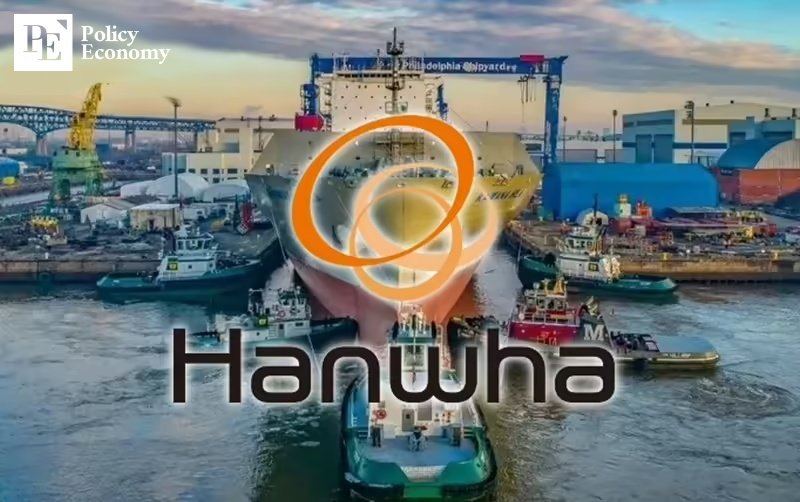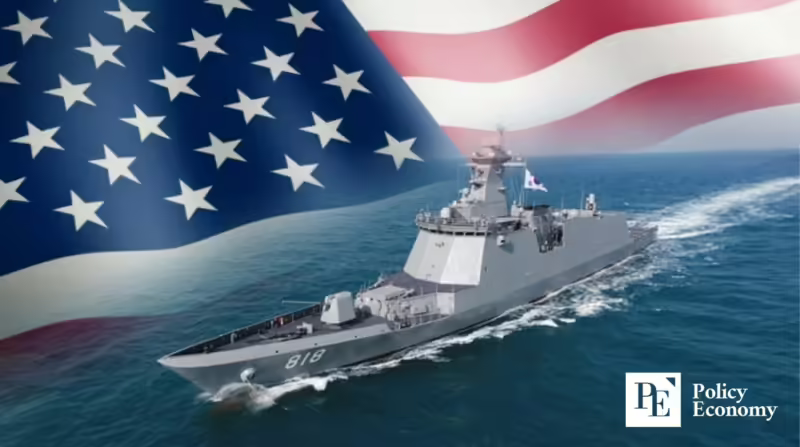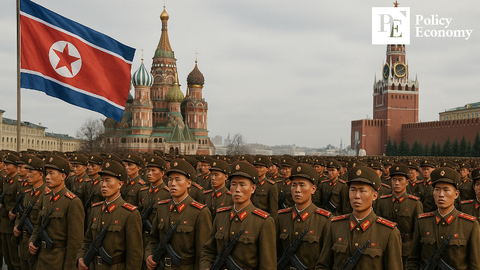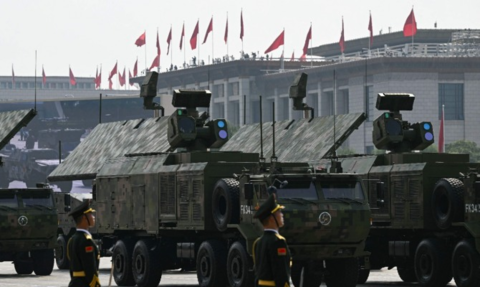Hanwha Ocean Secures U.S. LNG Carrier Order, Setting the Stage for Expansion into the MRO Market Ecosystem
Input
Changed
Philly Shipyard Branding and Korea-U.S. Joint Construction Model
Accelerating Technology Transfer to Target the MRO Market
The Key to Future Growth: Long-Term Sustainability

Hanwha Ocean has secured an order for a liquefied natural gas (LNG) carrier in the United States, signaling a decisive move into the country’s military ship maintenance, repair, and overhaul (MRO) market, valued at up to USD 7.4 billion annually. By transplanting Korean shipbuilding technology into the American shipyard it acquired last year, Hanwha aims to boost competitiveness and pursue long-term project opportunities based on local infrastructure. While the Korean government is exploring comprehensive support measures, the success of this strategy will likely hinge on establishing trust in technology and fostering a robust local partnership ecosystem.
Building a “Hanwha-Style” Shipyard Through Technology Transfer and Know-How Sharing
According to a regulatory filing on July 22, Hanwha Ocean signed a USD 250 million contract with Hanwha Philly Shipyard for the construction of one LNG carrier and secured an option for an additional vessel. Hanwha Group emphasized that this deal aligns with the U.S. government’s initiative to revitalize its shipbuilding and shipping industries and bolster energy security, particularly in light of the phased introduction of policies mandating the transport of U.S.-produced LNG beginning in 2029.
Under this agreement, Hanwha Philly Shipyard—now a Hanwha Ocean affiliate—will receive the order from Hanwha Ocean’s shipping unit and subcontract the construction back to Hanwha Ocean. Most of the actual shipbuilding will take place at Hanwha Ocean’s Geoje facility in Korea, while Philly Shipyard will support certification processes to meet U.S. Coast Guard regulations and maritime safety standards. Hanwha Ocean plans to use this collaborative construction model to expand its capacity to build LNG carriers for the U.S. market while gradually transferring Korea’s advanced shipbuilding technologies to Philly Shipyard.
Industry analysts see this contract as a convergence of Hanwha Ocean’s U.S. market entry strategy and Philly Shipyard’s restructuring efforts. Since its acquisition by Hanwha last year, Philly Shipyard—formerly Philly Shipyard, Inc.—has focused on securing commercial shipbuilding capabilities through major facility investments and modernization. Hanwha’s vision is to transform the shipyard into a “Korean-style” operation by transferring technology, retraining personnel, and digitizing production processes.

MRO Market Offers High Margins and Long-Term Contract Opportunities
Hanwha Ocean’s success in securing a large-scale shipbuilding order in the U.S. also marks a significant step toward entering the naval MRO market. While the LNG carrier contract serves as a symbolic first move, forthcoming large-scale MRO projects are expected to be the real proving ground for profitability. According to the U.S. Government Accountability Office (GAO), the U.S. Navy spends between USD 6 billion and USD 7.4 billion annually on warship MRO services. Due to limitations in domestic shipbuilding infrastructure, a significant portion of these contracts is awarded to foreign or multinational firms.
Hanwha Ocean plans to leverage production and maintenance infrastructure at Philly Shipyard to bid on various U.S. Navy maintenance contracts. Simultaneously, by transferring shipbuilding technologies and operational know-how from its Korean headquarters, Hanwha aims to build technological credibility and enhance procurement efficiency. Industry observers describe this approach as a “technology-led maintenance package sales” strategy, predicting that Hanwha’s position in the North American market will strengthen if it secures long-term contracts with the U.S. Navy.
In fact, Hanwha Ocean has already begun upgrading Philly Shipyard’s design and production capabilities in tandem with the LNG carrier order. Aware of the lag in digital shipbuilding and high-speed construction systems among U.S. shipyards, Hanwha intends to transform Philly Shipyard into a “U.S.-style shipbuilding innovation model” by integrating Korea’s latest naval engineering technologies. This technology-driven investment strategy is seen as a blueprint for attracting high-value projects over the long term, beyond mere expansion of order volume.
The Korean Government Joins Forces to Maximize Spillover Effects
Hanwha Ocean is also refining its long-term strategy to become a core supplier within the U.S. MRO ecosystem rather than focusing solely on short-term orders. One initiative includes forming an “MRO Cluster Council” with 15 small and medium-sized shipbuilding and maritime companies in the Indo-Pacific region. The council aims to establish a maintenance ecosystem centered on Hanwha Ocean by dividing responsibilities such as hull maintenance, parts supply, and system inspections. This shift from a fragmented outsourcing model to a collaborative network seeks to enhance both bidding competitiveness and operational efficiency.
The Korean government is also stepping in to support these efforts. For example, the Ministry of Trade, Industry and Energy is considering expanding programs to help domestic companies obtain the U.S. Cybersecurity Maturity Model Certification (CMMC). The CMMC is a mandatory requirement for firms seeking contracts with the U.S. Department of Defense, making it an essential credential for naval maintenance contractors. The government aims to streamline the certification process, enabling both large shipbuilders and their smaller subcontractors to secure CMMC more easily and, ultimately, facilitating smoother access to MRO contracts.
Experts agree that long-term project acquisition is critical for meaningful success, beyond initial order wins. Given the structure of U.S. defense budget allocations, multi-year MRO contracts tied to sustained maintenance offer companies greater stability and profitability than single-project orders. This underscores the importance of forging long-term supply relationships based on technological competence and trust rather than competing solely on price.
Ultimately, the success of Hanwha Ocean’s U.S. MRO strategy will depend not only on the competitiveness of its shipyards but also on its ability to establish stable, collaborative networks with local partners. The MRO business demands a comprehensive set of capabilities—including shipbuilding and maintenance technology, cost efficiency, workforce management, supply chain systems, and regulatory compliance. Industry experts consistently emphasize that true leadership in this high-value sector can only be achieved when local production, maintenance, and support are seamlessly integrated—and when these efforts are backed by strategic government support.





















